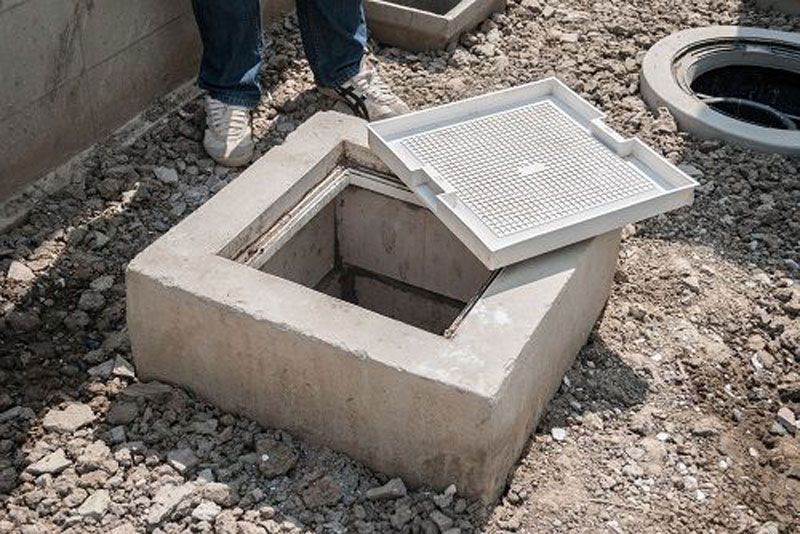Pouring grease down the sink is a bad habit to make. Fat, grease and oily substances solidify at cool temperatures, which is exactly the condition inside the pipes. With that being said, they stick to the walls of the tubes and accumulate over time thus resulting to clogs. And when clogging takes place, expect a lot of other subsequent issues that range from the presence of foul odor, backups, backflows, and what-not. Fortunately, the grease traps were invented.
What Is A Septic Tank Grease Trap?
The grease trap is also known to many as a grease interceptor. It’s a device installed in the plumbing system that’s responsible for blocking grease, fat and other oily substances from entering the septic tank. Wax, fat, oil and other types of debris are obstructed because once they solidify inside the tank, they’ll turn into clogs and impede the supposedly smooth process of waste material degradation and filtering. When that happens, plumbing issues will arise. The tank will get filled up and sludge will back out of your toilets and drains. You’ll almost throw up because of the disgusting foul odor that will fill your house.
Are Grease Traps Required To Be Installed?
Yes, they are required not only in commercial establishments but also in residential structures. Building codes require the installation of grease traps. These devices guarantee that scum and sewage are pretreated before they enter the septic tank or the public sewer. This way, the waste materials are pretreated and oily substances are separated from wastewater.
What Happens After The Grease Trap Installation?
Grease traps are not installed and then left alone for good. These devices also require proper care and maintenance to keep them at tip-top shape. One way to keep them in good condition is with regular cleaning. Grease trap cleaning is done by professional plumbers and if you’re interested to know how they do it, here’s a step-by-step guide!
1. The grease trap’s cover will be detached with the use of a crowbar or any similar tool. This task is carefully done to ensure that the gaskets found under the lid won’t get harmed.
2. After removing the grease trap’s cover, its components will be removed, too. This way, the plumbers will have clear access to the container.
3. When the can finally access grease trap storage, he will get a wooden dowel or measuring stick and dip it all the way to the bottom of the container. The tool he will use will measure the amount of fat, oily substances, wax and grease that has been stored in the trap. The amount will be recorded for future reference.
4. Afterward, the liquid content in the grease trap will be removed with the use of a bucket.
5. Then, the solid wastes will be transferred to a leak-free container and disposed of properly.
6. After the grease trap is emptied, it will be cleaned with the use of water and soap then re-assembled.
Trust Got-A-Go with Your Septic Servicing Needs! We have been in the Sanitation Industry for over 20 years. We offer routine and emergency service on all types and models of septic systems, no matter the age or complexity. Call us today at 859-282-7700 to schedule your septic service visit! Got-A-Go, Northern Kentucky Septic Pumping and Portable Toilet Rentals.

